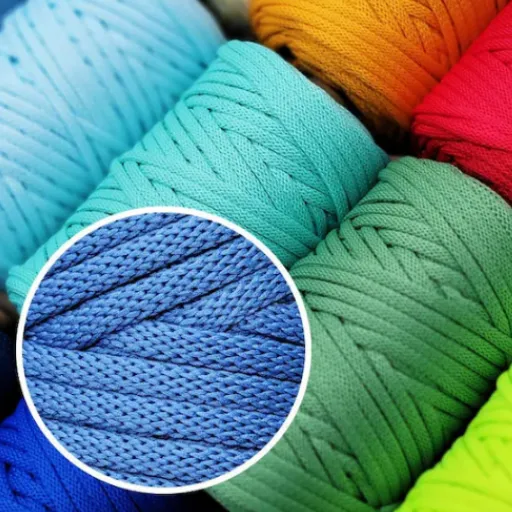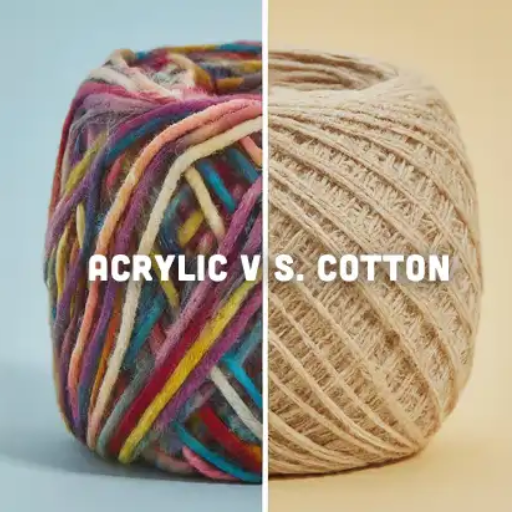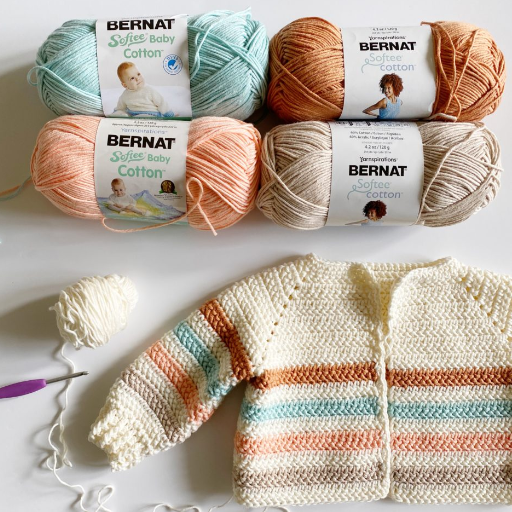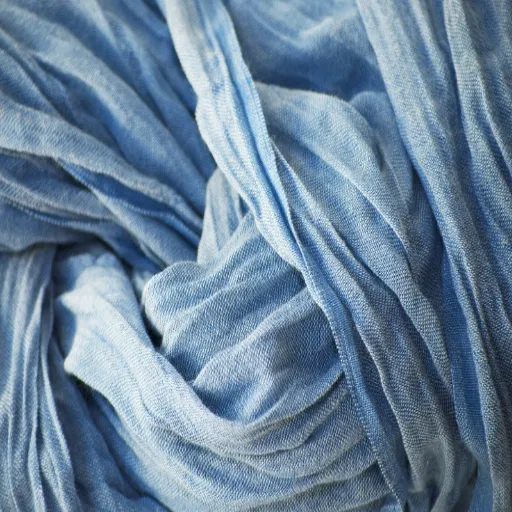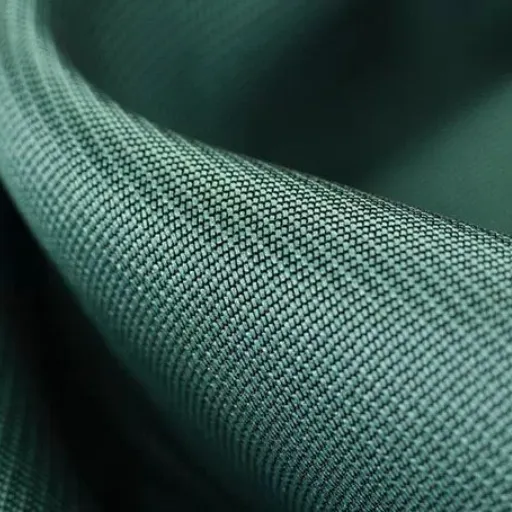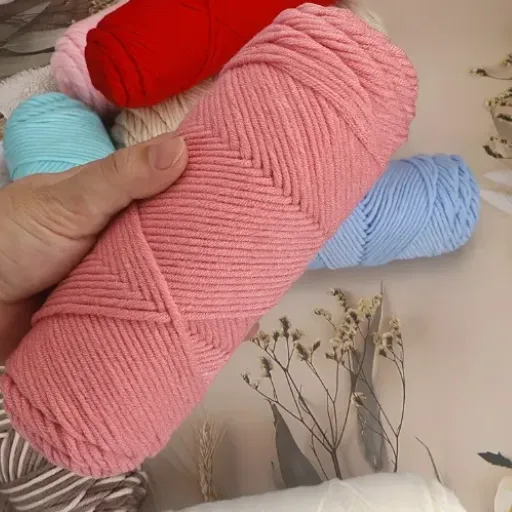Viscose wool is stepping forward in the search for new sustainable and environmentally friendly textiles. It is a new fabric that blends the lavish softness of viscose with the warmth and durability of wool. Thus, creating a responsible material that is both functional and eco-friendly. But what exactly makes viscose wool a sustainable alternative? How does it stack against other fabrics in terms of performance, production, and the environment? This article will explore the in-depth science of viscose wool and its applications in practical life, alongside its potential impact in sustainable fashion. From design lovers and industry insiders to the fabric evolution aficionados, this article unveils the powerful narrative that makes viscose wool a revolutionary textile.
What is the Viscose Fabric?
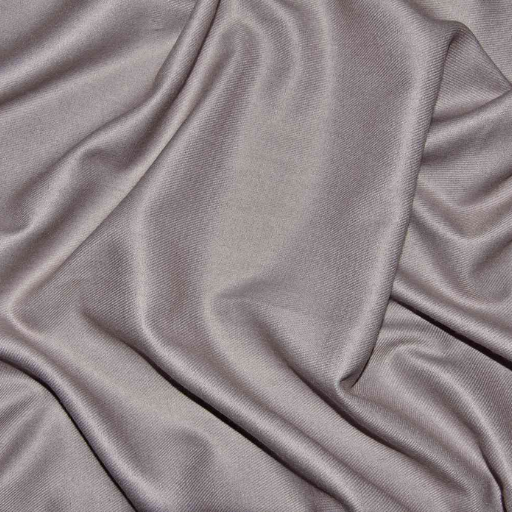
A viscose fabric is partially synthetic as it is derived from a chemical compound cellulose, predominantly obtained from wood pulp. It undergoes a series of chemical transformations that convert natural fibers into a textile that resembles and has the least properties of silk, cotton or wool. Soft, breathable, and smooth, viscose is extensively employed in garments, home textiles, and even industrial goods. Even though its source is natural, production uses harsh chemicals and massive amounts of water which is not eco-friendly. Nevertheless, progress in techniques of manufacturing brings hope to improving the sustainability of viscose production.
How is Viscose made?
The process of making viscose starts with extracting from trees like eucalyptus, beech and bamboo. In addition, Viscose begins with wood pulp being treated with sodium hydroxide, which further leads to the creation of alkali cellulose. Followes by having its pressed liquid removed and then shredded into crumbs.
These crumbs are then aged under controlled conditions before undergoing carbon disulfide treatment, a process that forms a compound called cellulose xanthate. That viscous, yellow substance becomes honey-like when it is made by dissolving in a dilute sodium hydroxide solution and is referred to as viscose. Following filtration and de-aeration, the viscose solution is spun through spinnerets into an acidic bath containing sulfuric acid where the bath functions to solidify the liquid into fibers via a process known as regeneration. This also works to turn cellulose xanthate back into pure cellulose. The resulting fibers undergo washing, bleaching, and drying which transforms them into the final viscose textile.
The scope of modern innovations seeks to reduce the environmental impact of this process by lowering chemical waste and providing a more efficient use of water, while further investigating more sustainable sources of cellulose.
What are the characteristics of Viscose?
Used for many different purposes, viscose is known for its fabric quality and silk smoothness. Some of its unique features include soft, smooth, excellent drapability, and lustrous shine much like silk. Viscose fabric is light and breathable, offering comfort during hot weather. Moreover, it is highly absorbent which allows bright and vibrant dye colors to be saturated effortlessly.
Viscose has its uses, but it also has its downsides. Its fibers are weak and easily tangled without treatments, and it becomes increasingly weaker when wet. In addition, unless treated for shrinkage, washing may cause viscose fabrics to contract. That said, blending with other fibers and advanced finishing techniques have modern manufacturing mitigated these downsides, cementing the wide-spread use of viscose fabrics in fashion and upholstery.
Is Viscose eco-friendly?
Evaluating viscose on the eco-friendly spectrum, it sits in a complex spot. Its pros include being sourced from wood pulp which makes viscose breakdown-able. This poses a big advantage compared to synthetic fibers like polyester which is petrochemical-derived and can take hundreds of years to degrade. Viscose’s cons include the traditional creation process being resource heavy and more often than not, eco-unfriendly. It requires copious amounts of water, energy, and chemically hazardous carbon disulfide which can endanger workers and if unmanaged pose environmental pollution.
Developments, like the Lyocell techniques or certifications OEKO-TEX and FSC (Forest Stewardship Council), try to reduce these impacts by cleaner sourcing as well as manufacturing. Nevertheless, the brand and price tier determines sustainability the most which creates a branding trust gap lacking sustainable transparency with customers who are eco-conscientious.
What are the Benefits of Viscose Yarn?
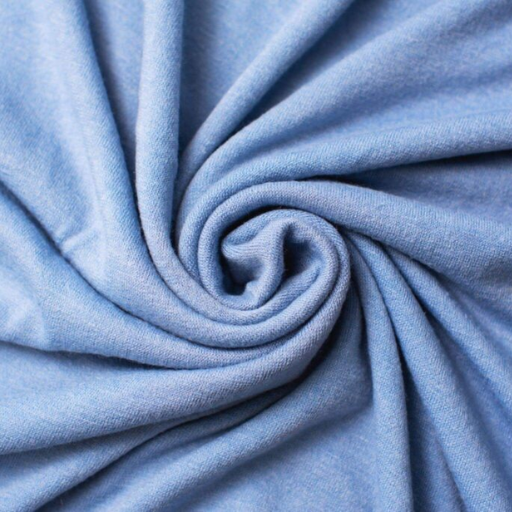
There are many compelling advantages to using Viscose yarn in textiles. Some of them include:
- Softness and Comfort: It’s one of the most commonly used and most sough after yarn due to the fact that Viscose yarn is easy and comfortable all around the body.
- Breathability: Offers high breathable rates, and moisture absorption with comfort during warm and humid environments.
- Versatility: The uses of fashion and home textiles are numerous as silk, cotton, and wool like natural fibers can be replicated in both textures and looks using viscose yarn.
- Drapability: Viscose has a smooth and shiny look which makes it perfect for fabric that is intended to have dazzling, flowing designs.
- Affordability: It is synthetics that makes Viscose yarn cost cheap compared to natural fibers of the same quality yarn.
This makes it easier for manufacturers and consumers to rely on this yarn, prolonging its usage in the fabric industry.
How does Viscose compare to other fibers?
|
Key Parameter |
Viscose |
Cotton |
Polyester |
Silk |
|---|---|---|---|---|
|
Source |
Regenerated cellulose (wood pulp) |
Natural (cotton plant) |
Synthetic (petroleum-based) |
Natural (silkworm cocoons) |
|
Texture |
Smooth, soft, and breathable |
Soft, breathable |
Smooth but less breathable |
Luxurious, soft |
|
Moisture Absorption |
High moisture absorption |
Very high moisture absorption |
Low moisture absorption |
Moderate moisture absorption |
|
Durability |
Moderate, prone to wear or shrinkage |
Durable |
Highly durable |
Moderate, delicate at times |
|
Drapability |
Excellent, fluid drape |
Good drape |
Stiff without treatment |
Outstanding, elegant drape |
|
Affordability |
Cost-effective |
Moderately priced |
Generally affordable |
Expensive |
|
Eco-Friendliness |
Semi-sustainable (if responsibly sourced) |
Renewable and biodegradable |
Non-biodegradable and less eco-friendly |
Biodegradable, resource-intensive |
|
Care Requirements |
Requires gentle cleaning |
Easy to wash and maintain |
Low maintenance |
Requires specialized care |
|
Applications |
Versatile in fashion and home textiles |
Wide use in apparel |
Broad use in industrial fabrics |
Luxury clothing and accessories |
|
Heat Resistance |
Low to moderate |
High |
High |
Low to moderate |
What are the uses of Viscose Yarn?
Dresses, blouses, skirts, and linings are fashion garments made out of viscose fabric because it is valued and cherished for its wide range of use. Additionally, viscose absorbs other fibers easily which softens, breathes, and beautifies blended fabrics. Used widely in the production of home textiles, curtains, upholstery, and bed linens. Viscose weaves effortlessly add smoothness and sophistication and are extremely applied to home clothing. The Industrial uses of viscose yarn are in the medicine field, where its superior absorbency is beneficial for surgical gloves, disinfecting wipes, and bandages. In technical textiles, the strength and durability of viscose yarn gives it a place as tire cords filtrations fabrics. It’s composition allows for eco-friendly manufacturing, and for innovative environmentally conscious solutions.
How does Viscose differ from Wool?
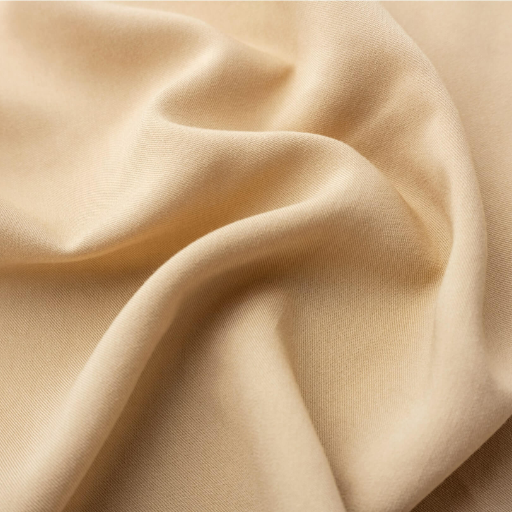
Across the source, fabrics, and applications, viscose and wool are poles apart. The source of wool comes from natural protein fiber fleece obtained from different animals while viscose is made from a form of cellulose extracted from wood pulp. It has semi-synthetic properties. Viscose is a lot more lighter and smoother to the touch unlike wool which is thick and warm. Unlike viscose, wool is known to have excellent moisture retention and insulates heat which is largely for colder climates. Also, wool’s elasticity and while wrinkling is known to be a problem for most fabrics, wool has great resistance to it. On the other end, viscose is known to lose both form and strength when soaked in water. Because of the described characteristics, textiles and garments are easily made from viscose while wool is best used when designed for warmth.
What are the properties of Merino Wool?
Merino wool is a natural fiber with exceptional features. Comes from Merino sheep with fine soft texture, their wool greatly enhances comfort for the wearer. Merino wool is highly sought after since it provides perfect temperature control due to excellent breathing, moisture wicking. The stuffing gives insulation and other abovementioned qualities which is great for multiple activities. Merino wool also fend off unpleasant odors thanks to the anti-microbial properties bacteria infesting the fiber structure. Ordinary wool will itch unlike Merino since it has larger fibers, Merino is softer and finer preventing discomfort after prolonged wear. To top it off, these wool fibers are eco friendly and incredibly durable as they are unshrinkable and wrinkle resistant. Merino wool are most ideal for camping or going outdoors with friends as it is featherlight and comfortable. It is a rough durable material used for all conditions. It is no wonder why most people prefer to use Merino wool for their outdoor apparel.
Can Viscose replace Wool in clothing?
The textile industry uses viscose as a cost-effective semi-synthetic product where fibers are made from cellulose. It offers flexibility but lacks a lot of the critical components unlike wool which is why viscose is not widely used. Merino and other types of wool provide warmth and insulation, moisture wicking, and resistance to odor—capabilities viscose struggles to replicate. Furthermore, Viscose’s natural lack of elasticity means it dampened shape retention struggle – wool fares better in this regard.
In comparison with other textiles, their biodegradability is an advantage to wool. Whilst this is true, viscose is quite controversial because textile sources are limited and it’s made through a chemical-intensive process, and if not procured from responsibly managed forests, the environmental side becomes a lot more concerning. Notably, viscose cannot compete with the practicality, durability, and ecological advantages wool offers, deeming it particularly useful only for non-structured, casual wear rather than high-performance apparel entirely.
What is the Production Process of Viscose?
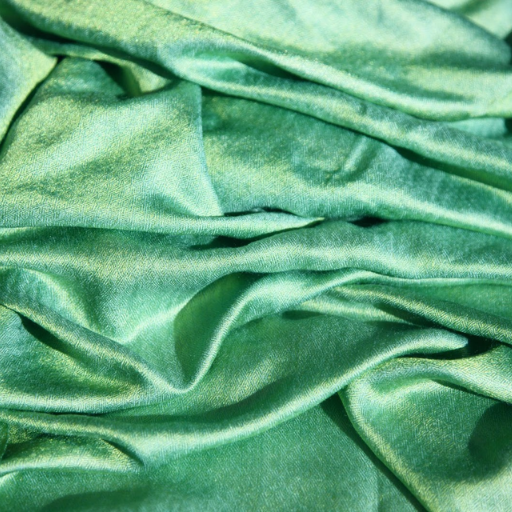
The raw material for viscose is cellulose which is normally extracted from wood pulp. After obtaining it, the coating cellulose is treated with sodium hydroxide as it is more dissolving grade and treats the material a bit. Then, after purifying, the cellulose is aged and mixed with carbon disulfide to yield a soluble compound named cellulose xanthate. This compound then gets dissolved into a sodium hydroxide solution forming viscose, which now needs subjecting to extrusion. In this, the viscose liquid is squeezed via spinnerets into an acidic tub, which leads to fiber solidifying. Getting washed, bleached, and dried helps alter the fibers to the desired properties for textile production. This procedure focuses on effectiveness, but the particular methods employed pose a threat to the environment through the specific chemicals used. It also highlights the need for sustainable practices throughout the industry.
What raw materials are used in Viscose Production?
The primary raw material used in producing viscose is cellulose, most of the time sourced from the wood pulp of different trees including beech, pine and eucalyptus. The wood has to be either softwood or hardwood for easier cellulose extraction, which makes sourcing a challenge. Furthermore, sodium hydroxide and carbon disulfide must be added to convert xanthate into viscose. Water is also indispensable for multiple functions like being a solvent and rinse agent during the production process. Sustainably contemporary practices focus on retrievable issues regarding chemical usage along with responsible wood sourcing geared towards eco-friendly textiles.
What are the environmental impacts of Viscose manufacturing?
Due to the highly chemical based processes involved, the production of viscose does have certain environmental consequences. One of these is the requirement of carbon disulfide, a dangerous substance that threatens the well-being of workers and air quality. Viscose factories also discharge untreated sulfur and other local chemicals into the waterways which, if left untreated, would result in contaminating local wildlife and habitats. There is also fringe deforestation from the vast quantities of wood pulp processed which increases carbon emissions while decreasing biological diversity. In closed-loop attempts, new methods are being designed to capture and reuse chemicals discharges during the production cycle to limit environmental harm. Other methods by reducing FSC-certified wood stock, controlling wastewater discharge, and adopting more environmentally-friendly designs sought to improve sustainability while addressing the viscose production process.
Is Viscose Fabric Sustainable?
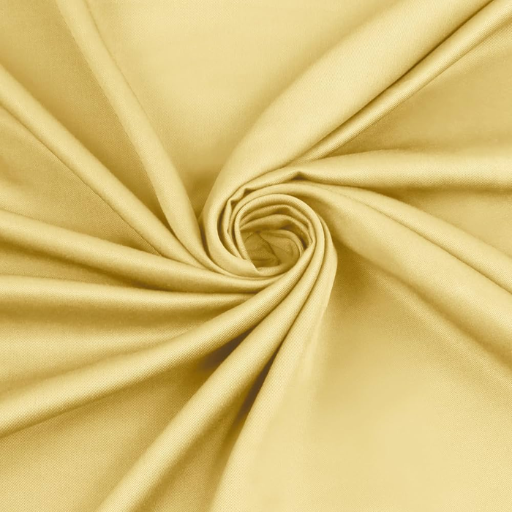
Vicose fabric does contain qualities to be sustainable but how it is produced greatly determines its environmental impact. Some of the worrying aspects form the traditional method of viscose manufacturing done on an industrial scale include widespread deforestation, chemical pollution and high rates of water usage. Aging defects are still being worked on, though – practices involving the use of FSC-certified raw materials and closed-loop production processes are in the works. When responsibly sourced and manufactured, viscose can be a more sustainable alternative to synthetic fabrics. Regardless, the supply chain must not be overlooked to guarantee green-washed practices are not adopted.
What are the sustainable practices in Viscose production?
Sustainable viscose production aims for Eco-efficiency, seamless harm reduction and thoughtful management of resources. One primary business approach is restrictive sourcing wood pulp only from well managed forests like the Forest Stewardship Council (FSC) or The Programme for the Endorsement of Forest Certification (PEFC). These businesses certify the raw materials, ensuring no deforestation and loss of biological diversity occurs.
Another Pivotal strategy includes the adoption of closed-loop production systems beyond viscose. These self-contained systems add lower levels of dangerous waste to the environment while recycling a portion of the chemicals already used within the system. Visoske processes such as Lyocell production recycle up to 99% of the non-toxic chemicals they use which greatly reduces any environmental straints.
Lastly, these companies need to adopt low water impact processes. Advanced technology significantly reduces water consumption allocated to fiber manufacturing. These companies are also shifting their businesses towards powering non-wasteful production facilities with gas, turbine, and solar which will all decrease company emissions.
Transparent sustainable practices require visibility into the entire supply chain. This includes audits by independent third parties, systems for tracking the product and its components, and certification to environmental and social standards, which confirm compliance with relevant regulations. These practices motivate and enforce change in the sector and lead to environmentally friendly solutions for textile manufacturing.
How does Viscose impact carbon footprint?
The factors affecting the impact of viscose on one’s carbon footprint are varied, with considerable ones linked to the sourcing of the raw material, manufacturing processes, and the lifecycle after consumption. Conventional viscose production is based on wood pulp obtained from unsustainable forestry and tends to have high carbon emissions due to deforestation. Further, the chemical processing stages contributes greenhouse gases emissions as well, notably if the energy supply of the factories is fossil fuel or if they do not have proper waste management systems.
There is currently a lot of focus on reducing this impact. One example is the adoption of cleaner technologies. A company that uses closed-loop processing systems is less likely to release emissions since all chemicals, like carbon disulfide, are captured and reused. There is also the use of sustainable feedstocks such as wood that is FSC certified and Agricultural waste that lowers the carbon output and promotes biodiversity by reducing deforestation as well. Other studies claim that using renewable energy for the plants that produce viscose greatly increases emissions making the viscose footprint lower.
As mentioned previously, the carbon footprint of viscose is interrelated to the industry’s level of innovation and sustainable practices in the production pipeline. Further technological developments, alongside international ecological regulations, will be essential in maintaining the perception of lesser impact viscose has compared to other more resource demanding fabrics.
Can Viscose Fabric be Recycled?
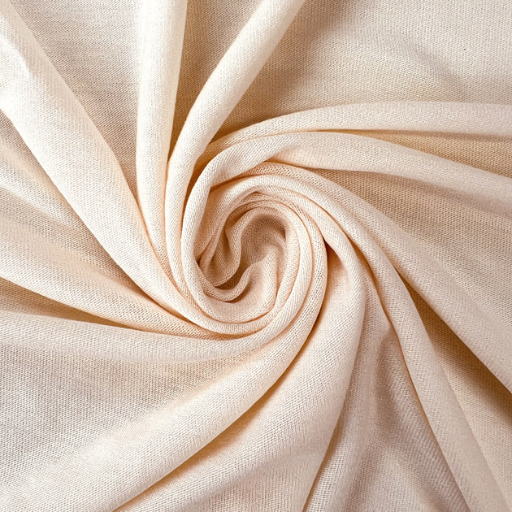
Yes, viscose fabric can be recycled, but the process depends on its composition and condition. Pure viscose or viscose blends that do not contain synthetic fibers like polyester are more suitable for recycling. The fabric can undergo a chemical process to reclaim the cellulose and reuse it within a fibroin cycle. However, recycling viscose fabrics is not always accessible and requires specific recycling centers. Advancements in technology and an increase in sustainable facilities are vital to improve ease of access for the process.
What are the methods for recycling Viscose Fabric?
Various approaches can be employed to recycle “viscose” fabrics while optimizing raw material recovery and reusing the fibers to fulfill new purposes. Some of the best-known approaches include chemical recycling, which specializes in recovering cellulose from the fabric’s viscose base. Chemical recycling “dissolves” the fabric and most parts of cellulose are separated and purified for reuse and retargeting in new textiles. There are other methods like mechanical recycling, which is not often used for viscose, where the fabric is ripped into tiny fibers ready for spinning into new yarns. Some enzymes are engineered to lactonize cellulose chains and rupture them to target fibers, which efficiently retarget the viscose fibers into raw cellulose with a small impact on the environment.
Advanced Recycling Systems is looking into circular processing methods that allow for the continuous feeding of regenerated cellulose from viscose back into production cycles. Although this approach has potential, it is not yet possible to meet industrial requirements because further refinement, along with tailored plants, are still needed. The possibility and sustainable nature of viscose recycling on a large scale can be greatly improved by standardized collection systems and more efficient fabric separation processes.
What happens to Viscose at the end of its lifecycle?
Due to viscose’s cellulose composition, it can decompose under certain conditions, especially with a more favorable structure within its lifecycle compared to synthetic fibers like polyester. However, decomposition rate and completion highly depend on temperature, microbial activity, chemical treatments of viscose, and blends with other materials. Coated viscose or dyed synthetic resin-treated ones are more susceptible to releasing environmentally hazardous substances during degradation. Efforts to reclaim and recycle viscose fibers using sophisticated technology designed to reduce waste is an emerging focus. Some industrial recycling techniques disassemble the material into cellulose pulp, which is reintroduced into the production cycle. These methods face challenges to be adopted on a larger scale due to gaps in infrastructure, efficient extraction processes, and logistical nightmares around recovering worn textiles from consumers.
Reference Sources
-
What Is Viscose Yarn? Complete Guide – Discusses viscose yarn, its properties, and uses in knitwear.
-
What Is Viscose: Understanding Your Fabrics – Explains viscose as a type of rayon, its history, and characteristics.
-
What is Viscose Fabric? Exploring How It’s Made, Impact … – Details the production process and properties of viscose fabric.
-
Yarnology: What Is Viscose Yarn? – Provides insights into viscose yarn, its origins, and its comparison to silk.
-
Merino Wool vs. Viscose Merino blend? : r/Ultralight – A discussion on the differences between merino wool and viscose-merino blends.
Frequently Asked Questions (FAQs)
Q: What is viscose wool and how is it produced?
A: Viscose wool, often referred to as viscose rayon, is a type of regenerated cellulose fiber made from wood pulp. The production of viscose involves dissolving cellulose to create a viscous solution, which is then spun into fibers. This sustainable fabric is known for its softness and drape, making it a popular choice in the textile industry.
Q: How does viscose compare to traditional cotton?
A: Viscose is an alternative to cotton and offers similar softness and breathability. However, viscose is made from regenerated cellulose, while cotton is a natural fiber. Viscose can also be produced using less water than cotton, making it a more sustainable option in some cases.
Q: Is bamboo viscose a sustainable choice?
A: Yes, bamboo viscose is considered a sustainable fabric as it is made from bamboo, a fast-growing plant that requires fewer resources for cultivation. However, the process of turning bamboo into viscose can involve toxic chemicals, so it’s essential to look for brands that utilize eco-friendly production methods.
Q: What are the environmental impacts of the production of viscose?
A: The production of viscose can have negative environmental impacts due to the use of toxic chemicals and deforestation associated with sourcing wood pulp. However, many manufacturers are now adopting regenerative practices and using recycled materials to mitigate these effects.
Q: How does viscose rayon fabric feel compared to polyester?
A: Viscose rayon fabric typically feels softer and more luxurious than polyester. While polyester is a synthetic fiber known for its durability, viscose offers a more natural feel, similar to silk and can be a more breathable option for clothing.
Q: Can viscose be blended with other fibers?
A: Yes, viscose can be blended with various fibers, including cotton, polyester, and spandex, to enhance certain properties of the fabric. Blends can improve durability, stretch, and overall comfort in garments.
Q: What are some common uses for viscose fabrics?
A: Viscose fabrics are widely used in clothing, including dresses, blouses, and linings. They are also popular in home textiles, such as rugs and curtains, due to their luxurious feel and elegant draping qualities.
Q: What is the difference between modal and viscose?
A: Modal is a type of rayon that is made from beech tree pulp and is known for its softness and higher resistance to shrinkage compared to standard viscose. Both fabrics are cellulosic and share similar properties, but modal is often considered a more premium option.









